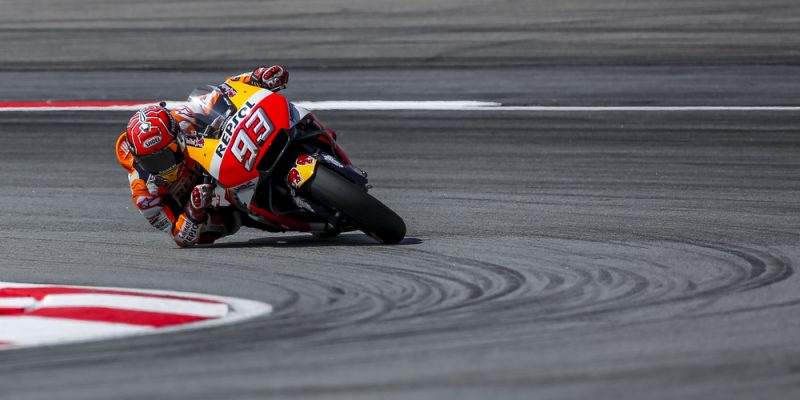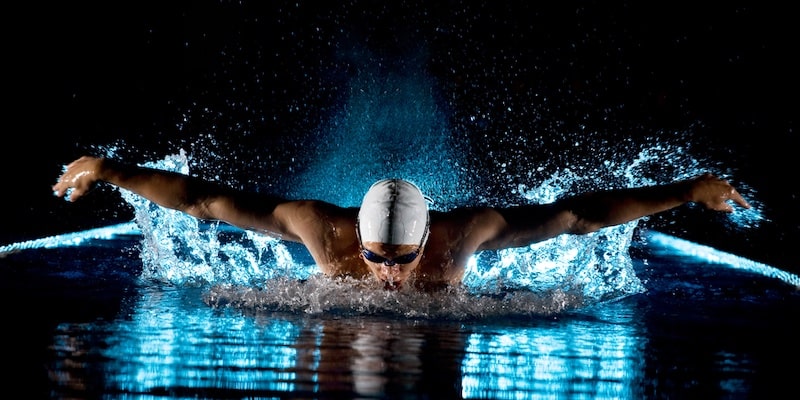We explain what individual sports are and give you some examples, as well as their differences from team sports.

What are individual sports?
Individual sports are those sports disciplines that can be practiced alone that is, they do not require support to be done correctly. That's how they differ from team sports.
When they play individual sports, the competitor does not compete with other athletes or practitioners, but with himself: with their recorded times, with their total trajectory, their endurance time or with other personal abilities that are put to the test.
In fact, most individual sports consist of a record of the effort made, so that each time one can go further. To do this, measuring devices such as stopwatches, length or depth marks, targets and other methods are used that allow the athlete to know how close they are to exceeding their personal goal.
For example, a marathon runner trains alone by running a set distance daily, to know his performance. Then he tests himself during the official competition, in which he tries to complete the same route in the same or less time than the estimated time, without caring how many other runners there are in the marathon.
Examples of individual sports

Examples of individual sports disciplines are the following:
- stunts
- Martial arts
- Athletics
- Billiards
- Cycling
- Riding
- Ski
- rope climbing
- Gym
- Rhythmic gymnastics
- Golf
- Weightlifting
- power lifting
- Shot put
- javelin throw
- Marathoning
- Motorcycling
- Swimming
- Running
- Hiking
- Gun shooting
- archery
It is possible, however, that some sports disciplines allow both individual and collective practices.
Individual and collective sports

Unlike individual sports, in which the athlete performs alone, Collective sports are those in which the athlete joins a cluster more or less organized of collaborators or rivals, or both at the same time.
Thus, in some team sports each practitioner must surpass the skills of one or more rivals, while in others each practitioner must join a team and collaborate to beat their rivals. Disciplines such as long-distance running and soccer are examples of these two types of collective sports.
The differences between individual and team sports can be summarized as follows:
| Individual sports | Collective sports |
|---|---|
| They are practiced alone. | They are practiced in groups. |
| The athlete competes against his own record. | The athlete competes against other athletes, either on his own or as part of a team. |
| They teach the athlete to know and overcome their own limits. | They teach the athlete to be part of a group and work as a team. |
| They depend entirely on the athlete's own effort. | They depend not only on one's own effort, but also on the communication and integration of the teams, and the effort of the opponent. |
| They are easier to practice, since they do not require coordination with third parties. | They are more difficult to practice, since it is necessary to bring together the group of athletes. |
| Examples are marathon running, cycling, horse riding or running. | Examples are basketball, rugby, table tennis or baseball. |
References
- Batalla Flores, A and Martínez Galante, P. (2002). Individual sports. INDE.
- Greathouse, L. (2010). The search for personal best: Individual sports: Individual sports. Teacher Created Materials.
- No author. (1976). Salvat Encyclopedia of Sports. Salvat.





